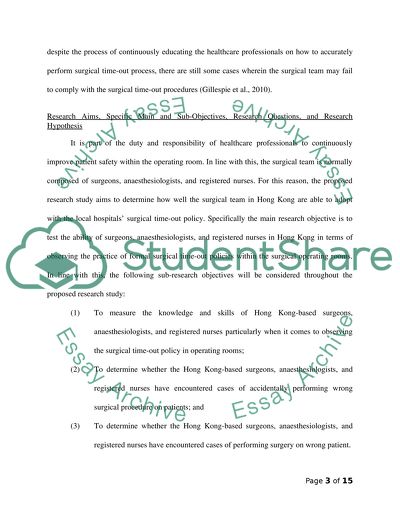Cite this document
(“Research proposal What is the effectiveness of adopting Surgical Time”, n.d.)
Retrieved from https://studentshare.org/nursing/1645287-research-proposal-what-is-the-effectiveness-of-adopting-surgical-time-out-policy-in-improving-patient-safety-in-the-operating-room
Retrieved from https://studentshare.org/nursing/1645287-research-proposal-what-is-the-effectiveness-of-adopting-surgical-time-out-policy-in-improving-patient-safety-in-the-operating-room
(Research Proposal What Is the Effectiveness of Adopting Surgical Time)
https://studentshare.org/nursing/1645287-research-proposal-what-is-the-effectiveness-of-adopting-surgical-time-out-policy-in-improving-patient-safety-in-the-operating-room.
https://studentshare.org/nursing/1645287-research-proposal-what-is-the-effectiveness-of-adopting-surgical-time-out-policy-in-improving-patient-safety-in-the-operating-room.
“Research Proposal What Is the Effectiveness of Adopting Surgical Time”, n.d. https://studentshare.org/nursing/1645287-research-proposal-what-is-the-effectiveness-of-adopting-surgical-time-out-policy-in-improving-patient-safety-in-the-operating-room.


